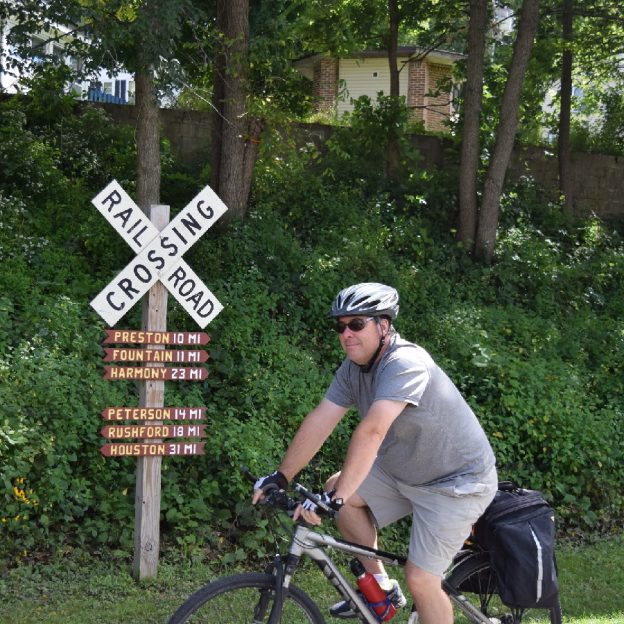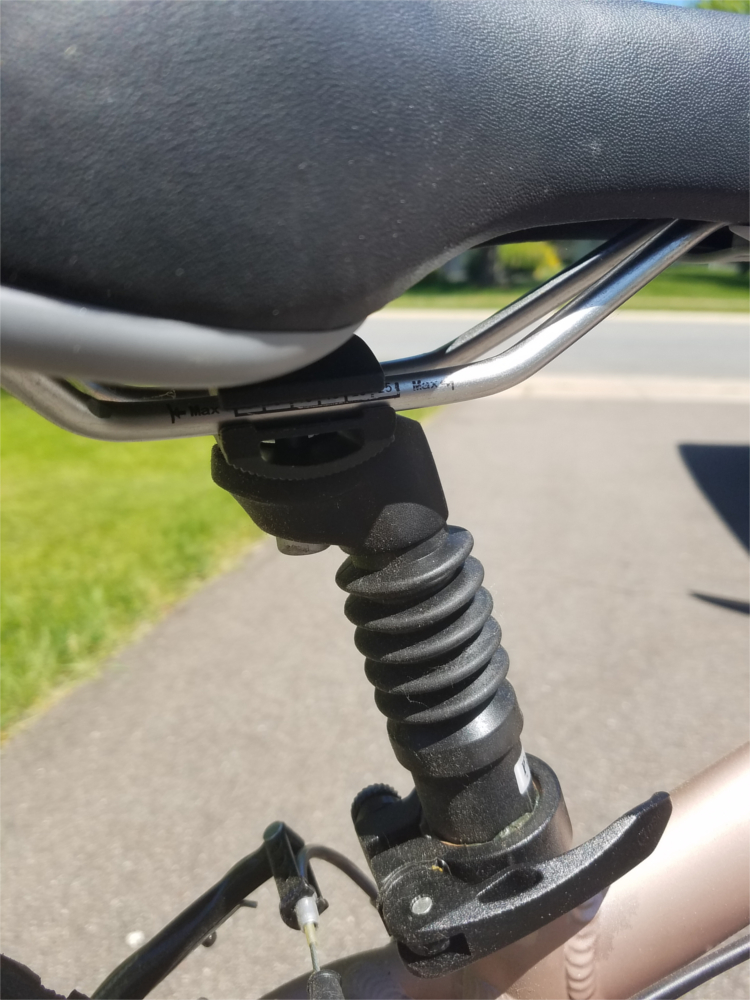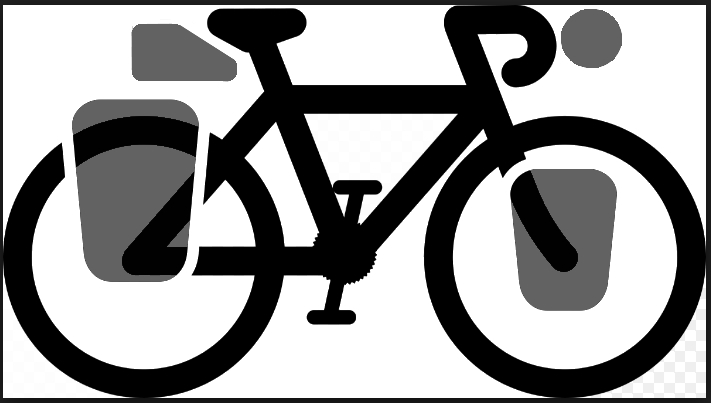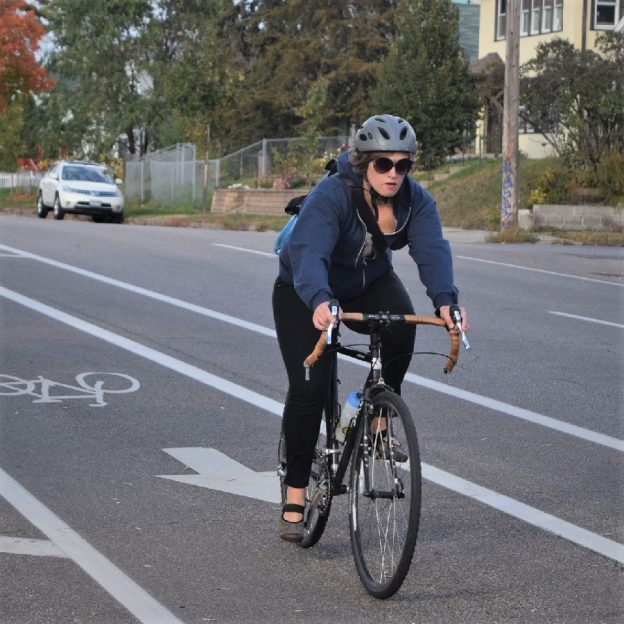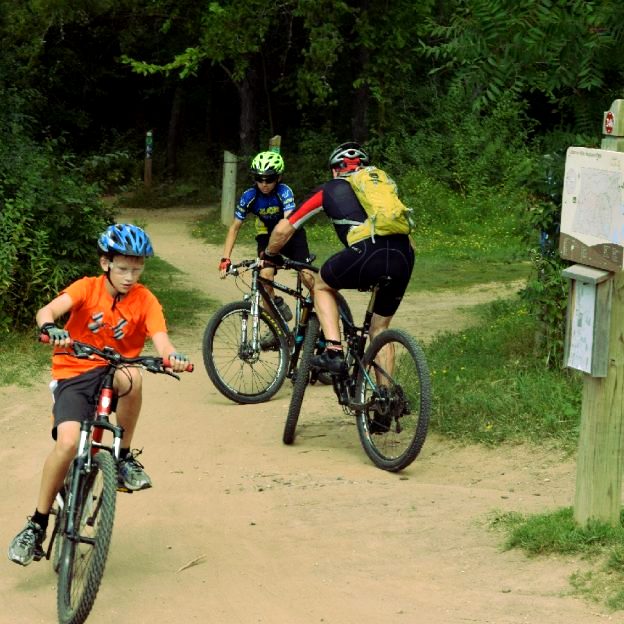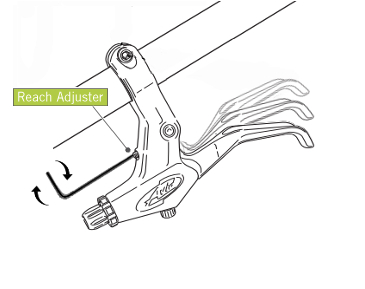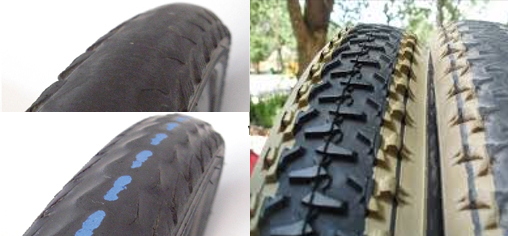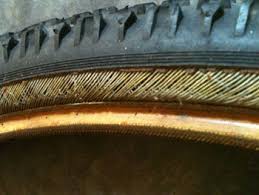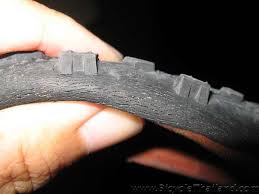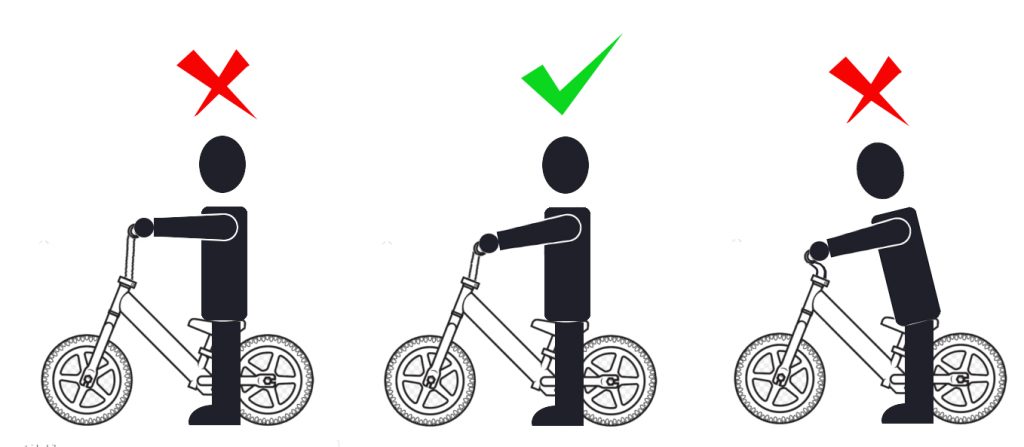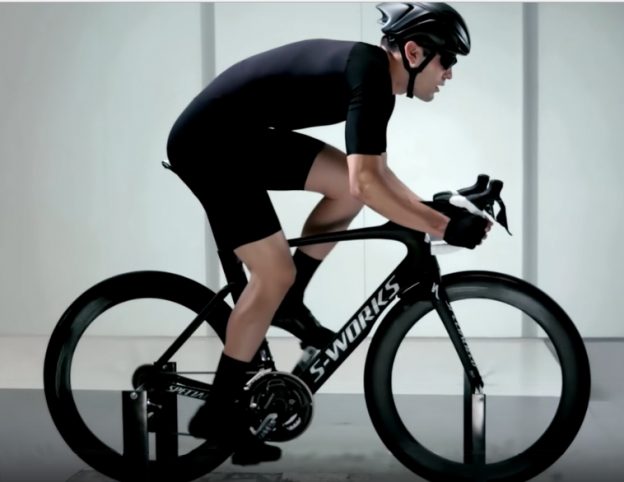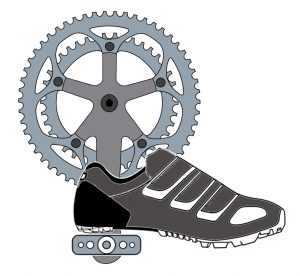by John Brown
Over the past quarter-century, I have helped many riders get going on their bikes without back pain. I’ve been lucky to see the life-changing power of proper posture while riding a bicycle. I have also seen riders walk away from cycling due to simple discomforts and not understanding why. No discomfort is as debilitating as back pain. Luckily, back pain is usually caused by a few easy-fix issues. These issues manifest themselves in lower back pain and upper back pain. See more on some causes and simple fixes to enjoy cycling again.
Lower back pain
The sky-high seat rider can result in back pain.
The #1 cause of lower back pain is saddle height. Not only is this problem every day and painful but also easily fixed. Many riders will raise their saddle too high while trying to get a more efficient pedal stroke. If your saddle is too high, you will tilt your hips at the bottom of each pedal stroke, trying to reach the pedals. That tilting forces the tiny muscles in your back to do the job that the vast muscles in your leg should be doing. To find a proper saddle height check out our bike setup article, or visit your local shop for a bike fit.
The shocking truth
Another frequent cause of lower back discomfort is road shock. While riding, it is typical for minor imperfections in the road to send vibrations through the bicycle and into your body. After some time, this constant vibration can fatigue the muscles in your back. There are a few quick fixes for this problem. The first and most straightforward solution is tire pressure. Rather than maxing out your tire’s pressure, lower the tire pressure in 5 psi increments until you find a force that works for you. Another quick way to squelch road vibration is by adding a suspension seat post. A suspension seat posts absorb the shock before it gets to you.
How is your reach?
Finally, the last common cause of lower back discomfort is your reach. If the distance from your seat to the bars is too great, you begin relying on small muscles in your lower back to support the weight of your upper body instead of your core and arms. Look into having your bike properly fit at a local shop or follow our simple fit guide.
Upper Back Pain
Shrugging off your responsibilities
The leading cause of upper back pain is the riding position, specifically shoulder shrugging. In my experience, many riders don’t know they lift their shoulders when riding. It is just a nervous habit they formed somewhere along the way. Paying attention to where your shoulders are located will help you relax them, alleviating pain.
Additionally, try moving your hands to different positions on the bars. That change in grip does wonders to rest other muscle groups. Sometimes, a proper bike fit is needed to remedy shrugged shoulders, so if the problem persists, visit your local shop for a fitting.
Don’t become a pack mule.
Be careful how much weight you carry on your shoulders. Riding with a backpack is a great way to take what you need, but be careful not to overdo it. If you use a pack to commute, try leaving heavier items like shoes at work. If you need to carry a lot of weight, install a rack with panniers and move that weight onto your bike frame and off your body.
Keep on going
As stated, I have seen riders get off their bikes forever due to discomfort. It’s always sad to see, mainly because I know that simple adjustments can likely eliminate most cyclists’ pain. Be vigilant about removing discomfort. After all, minor aches today can manifest into serious problems later. Find a bike-fitting professional you feel comfortable with and talk about your issues. Your back will thank you.
